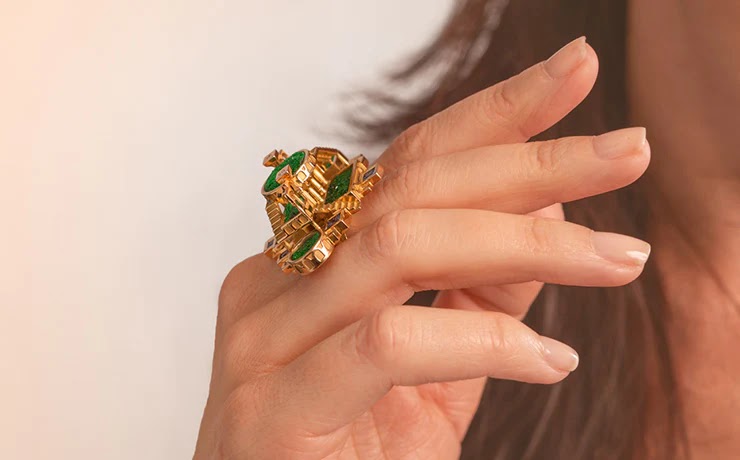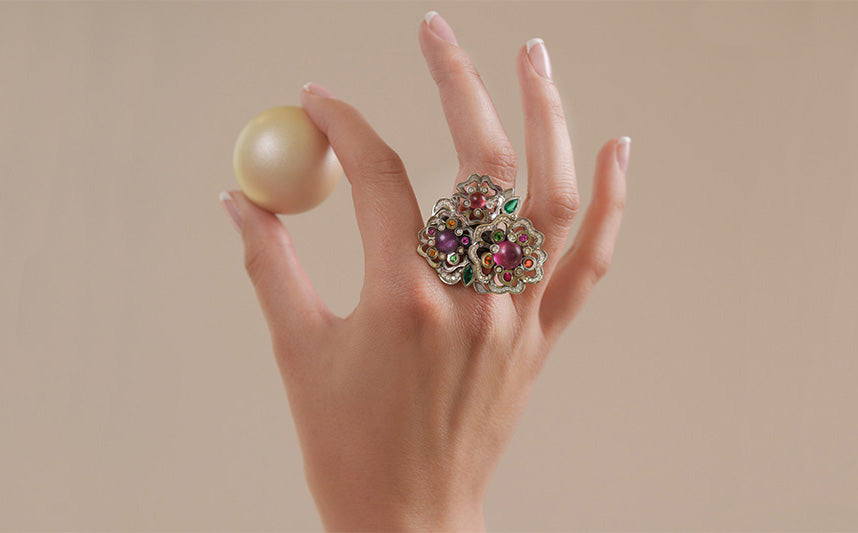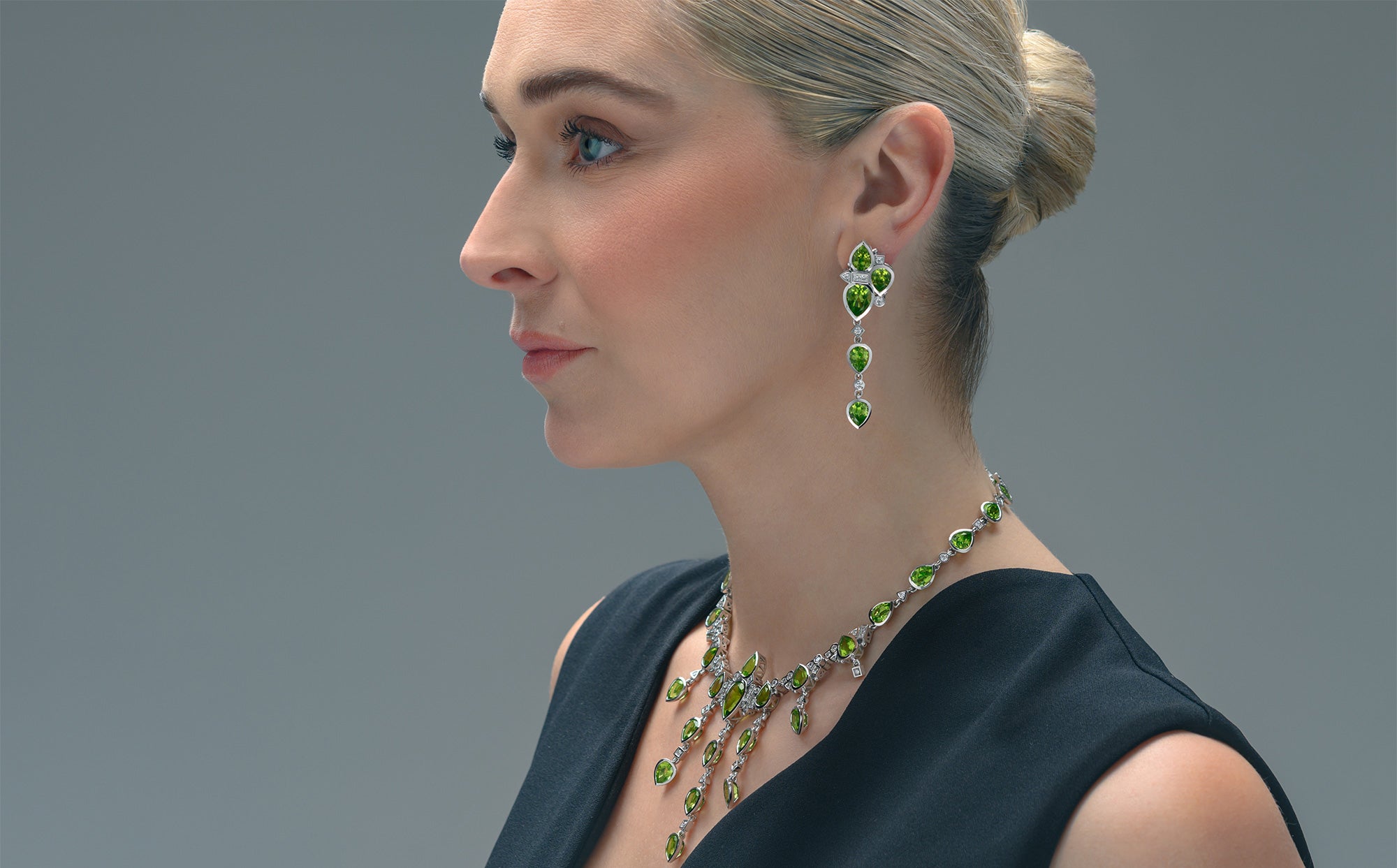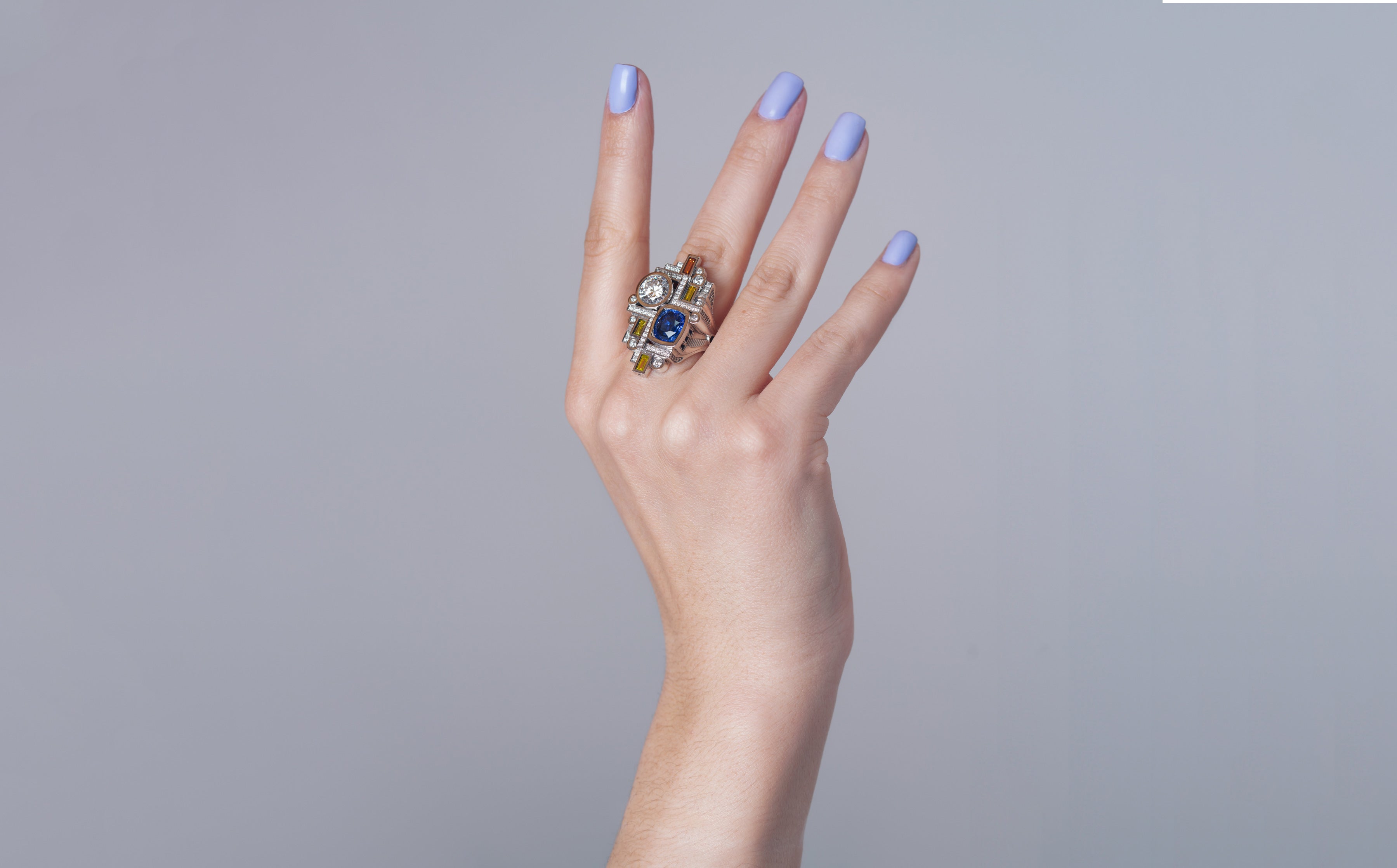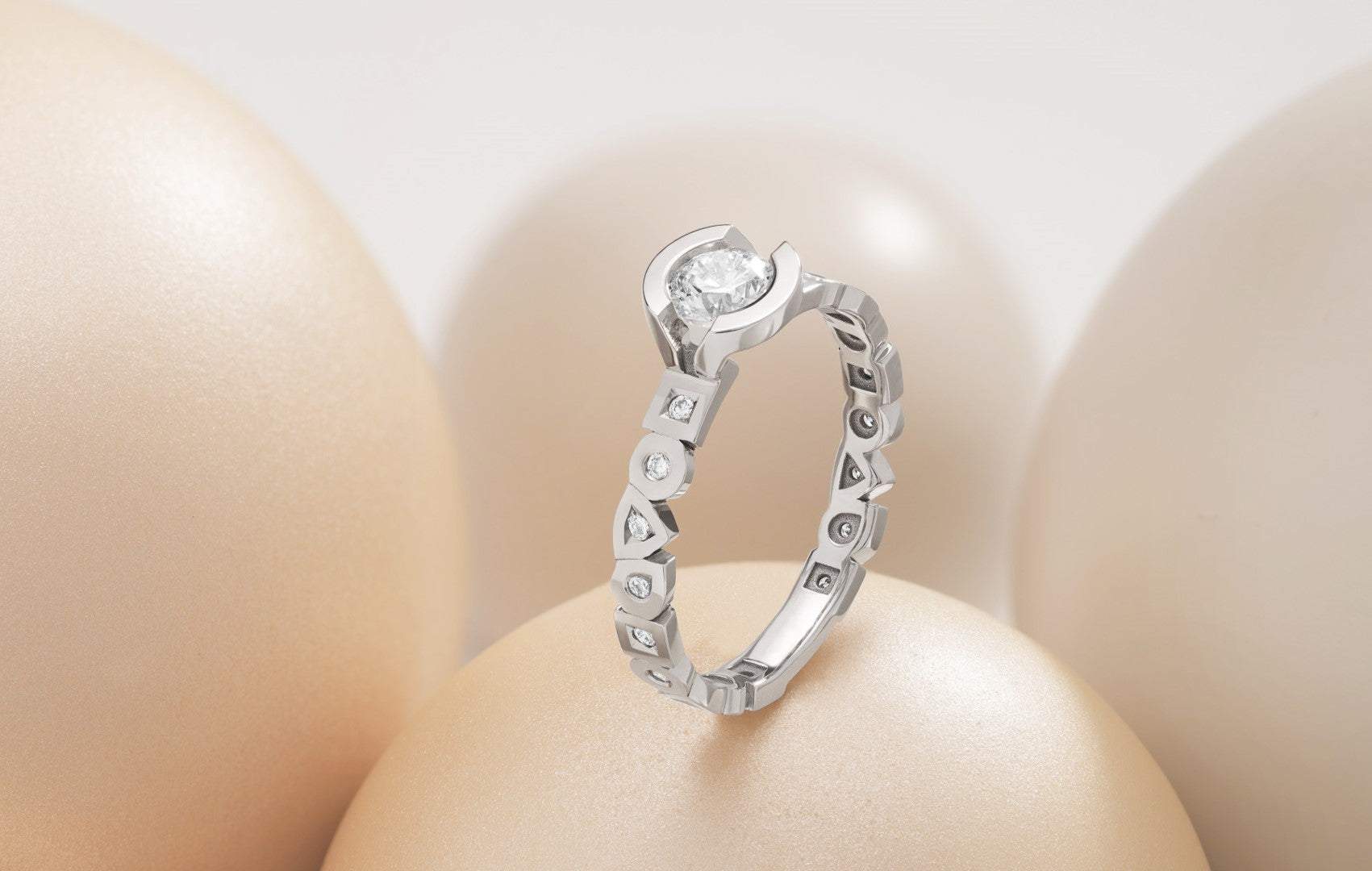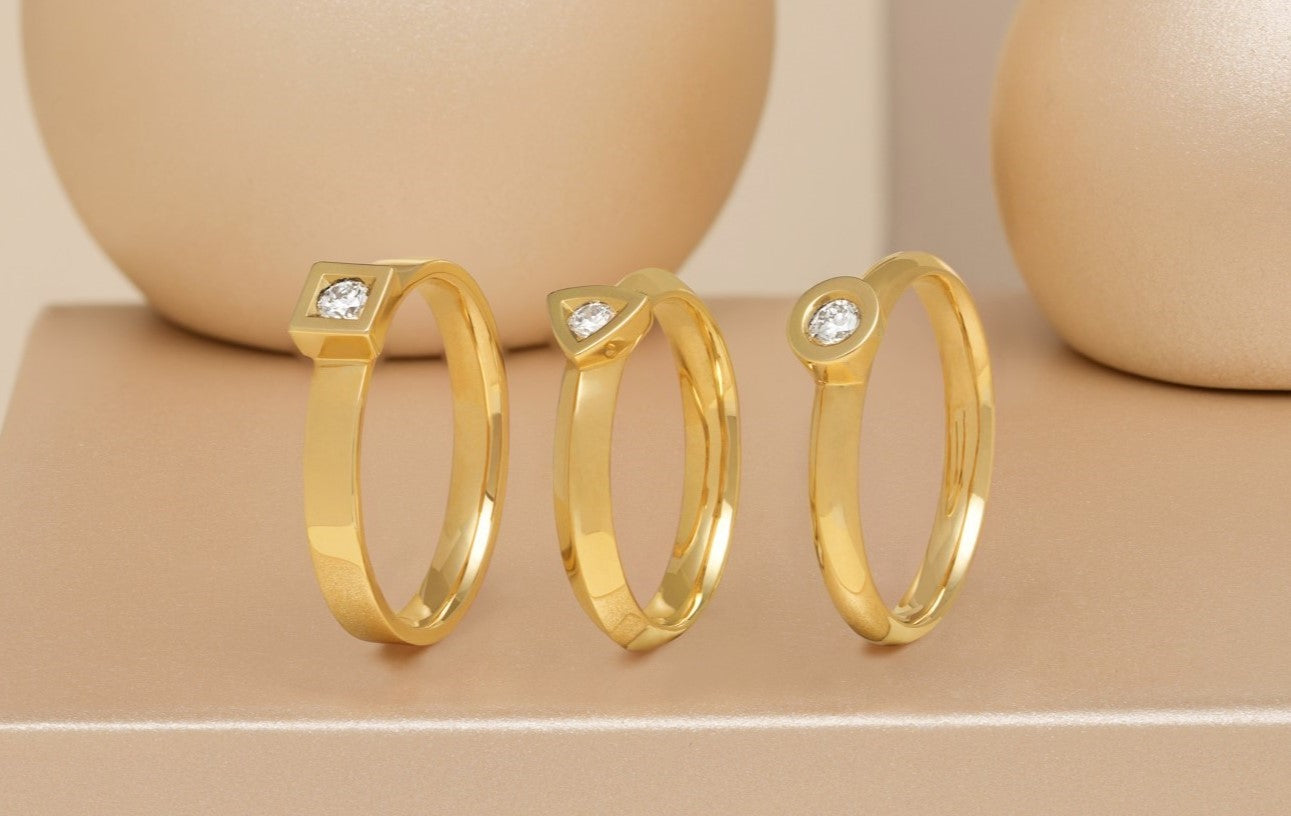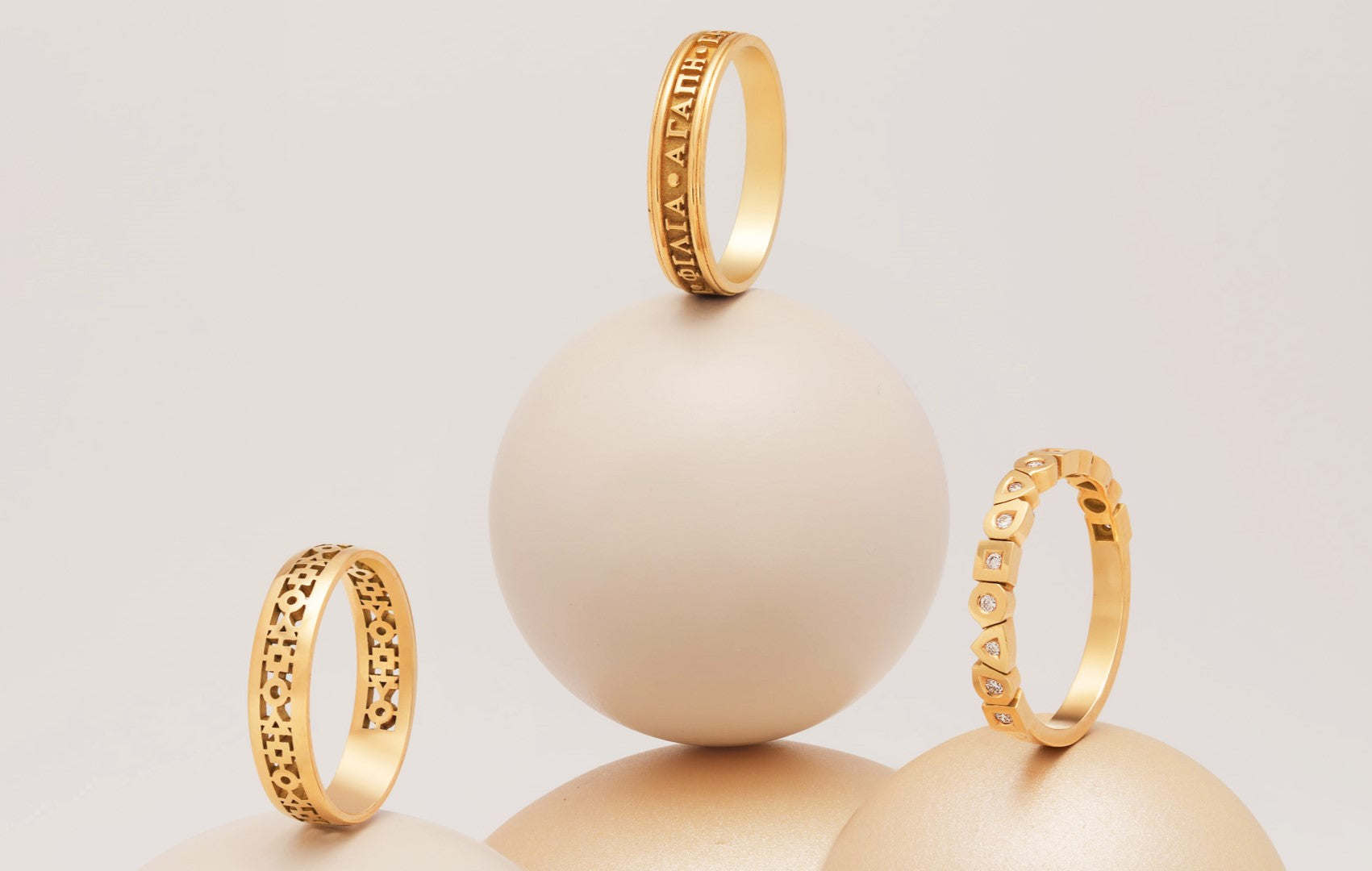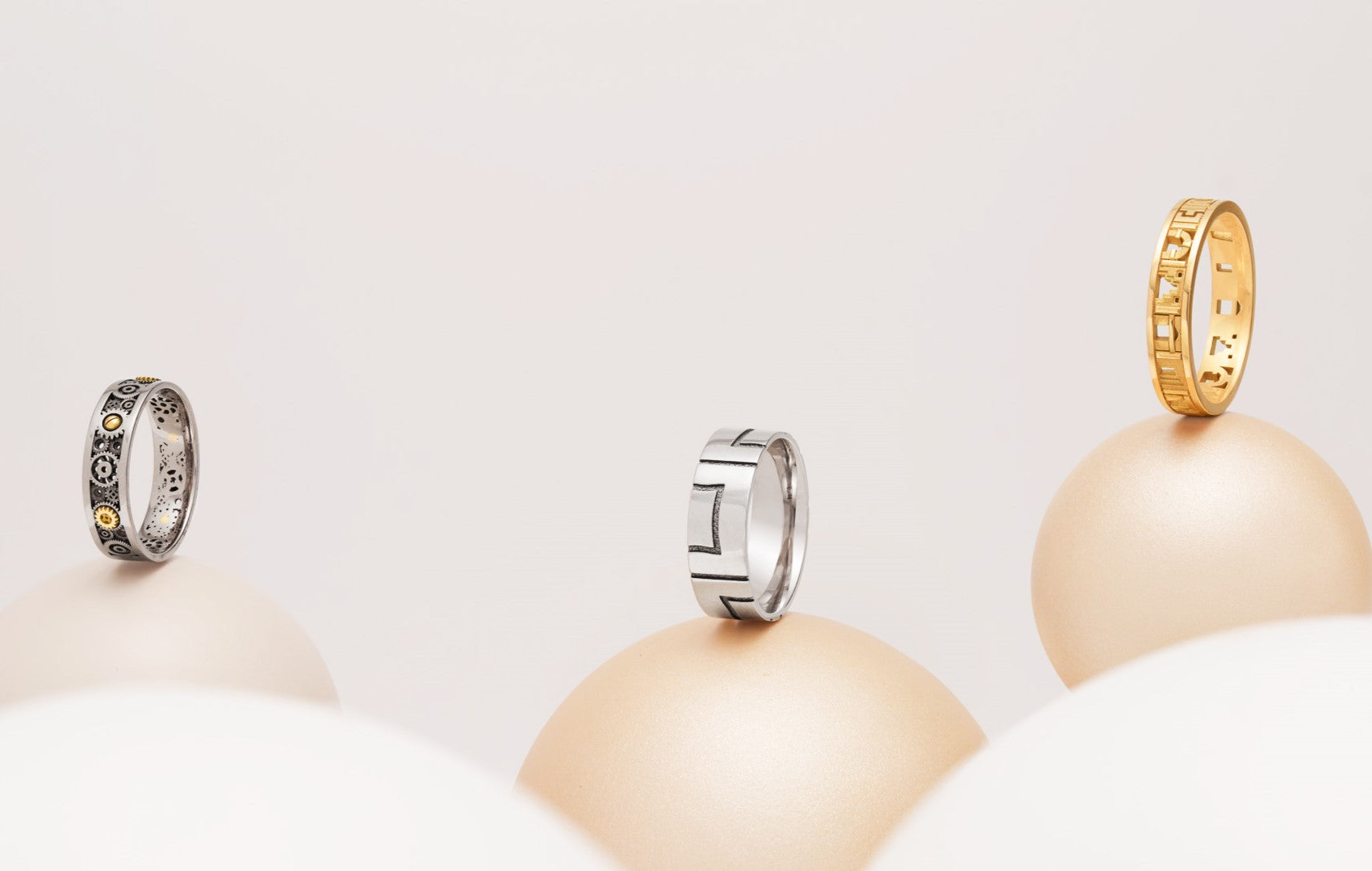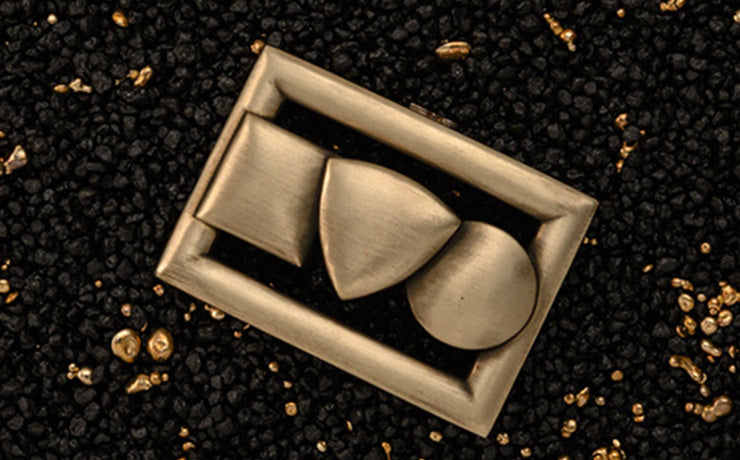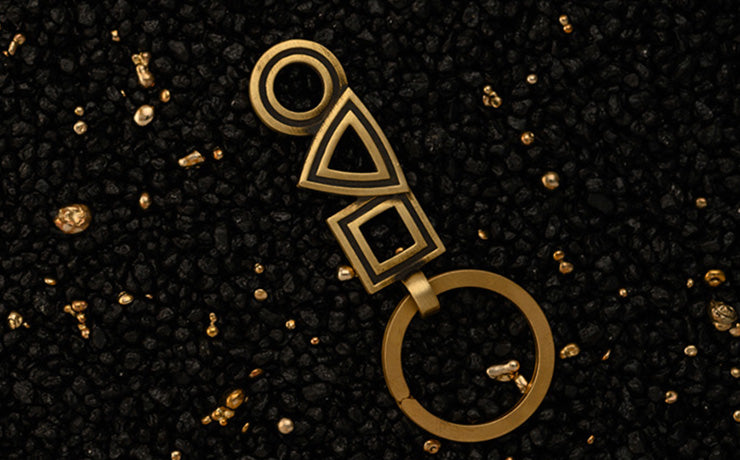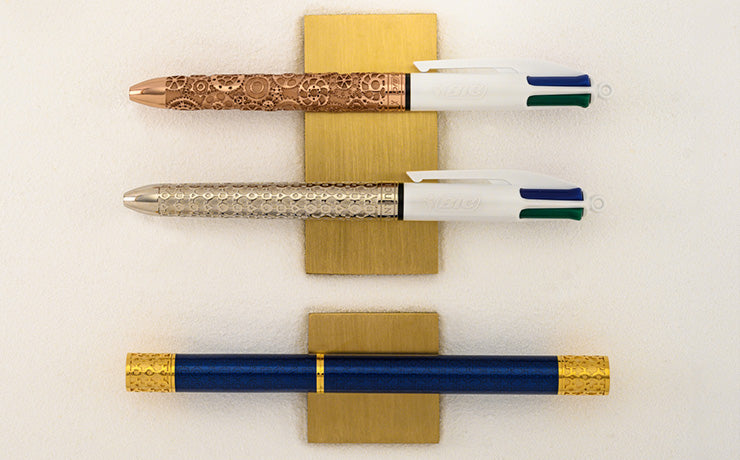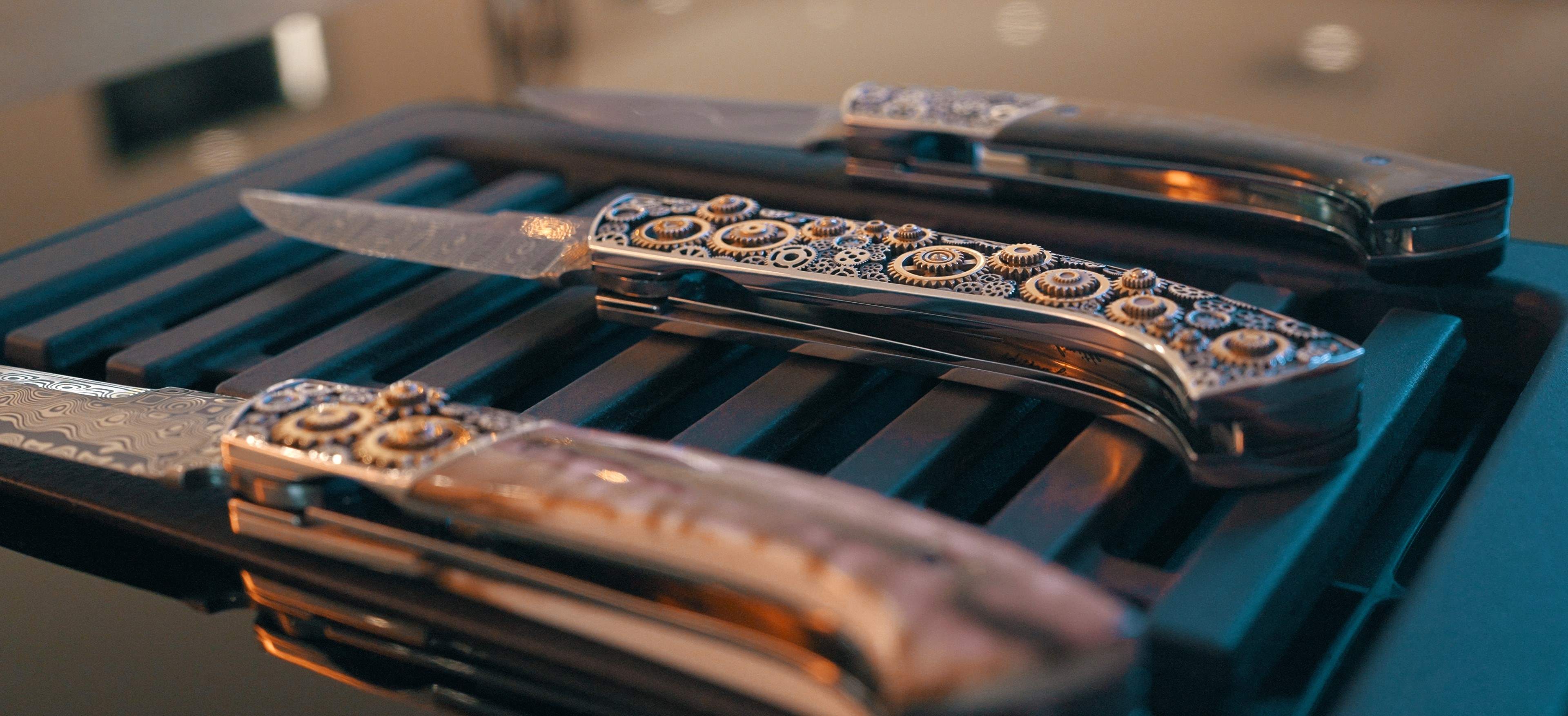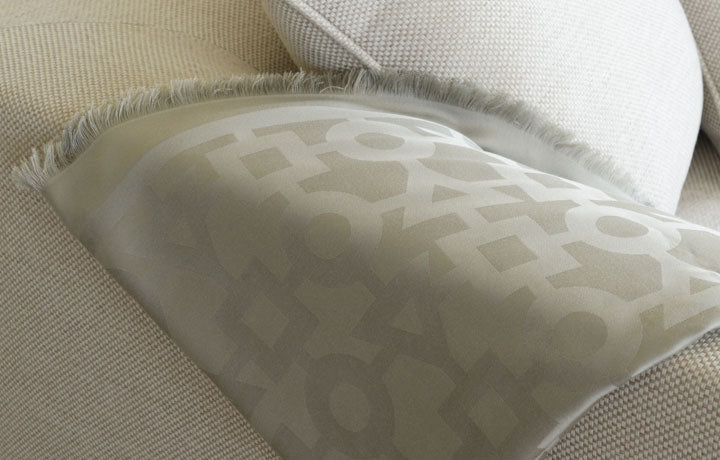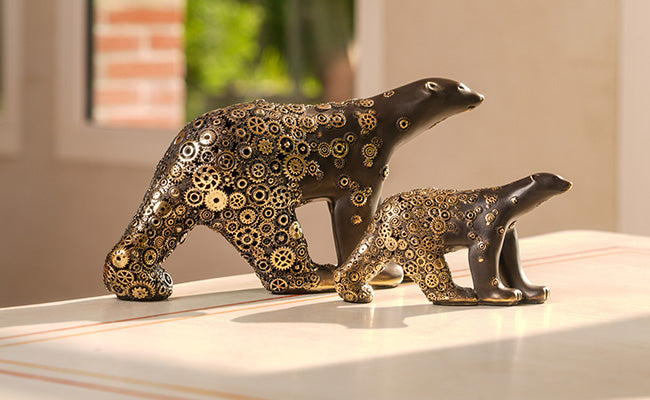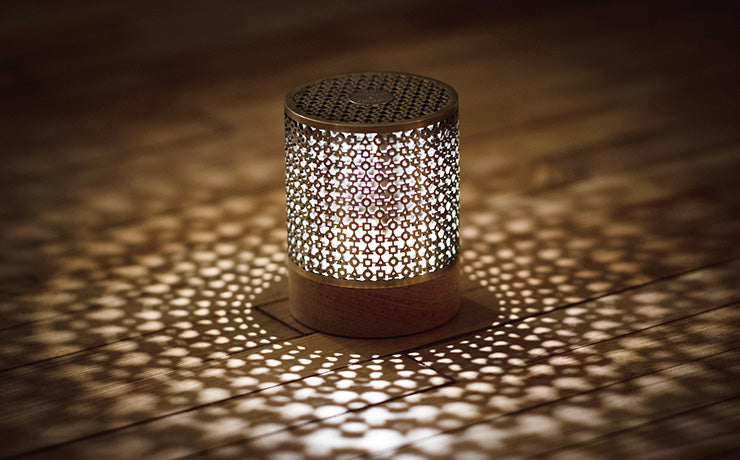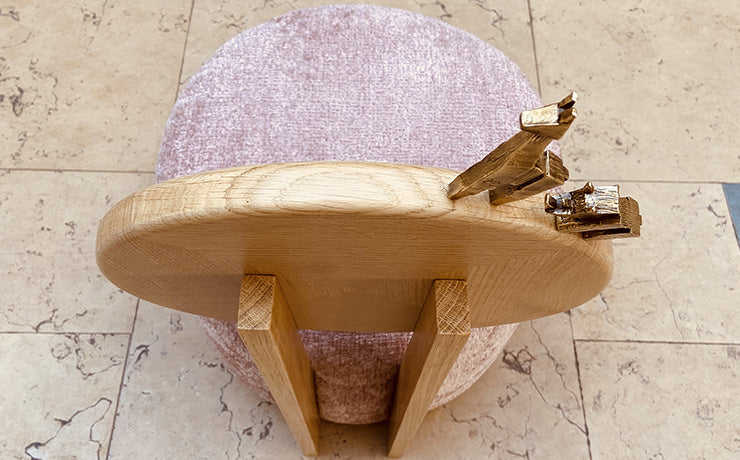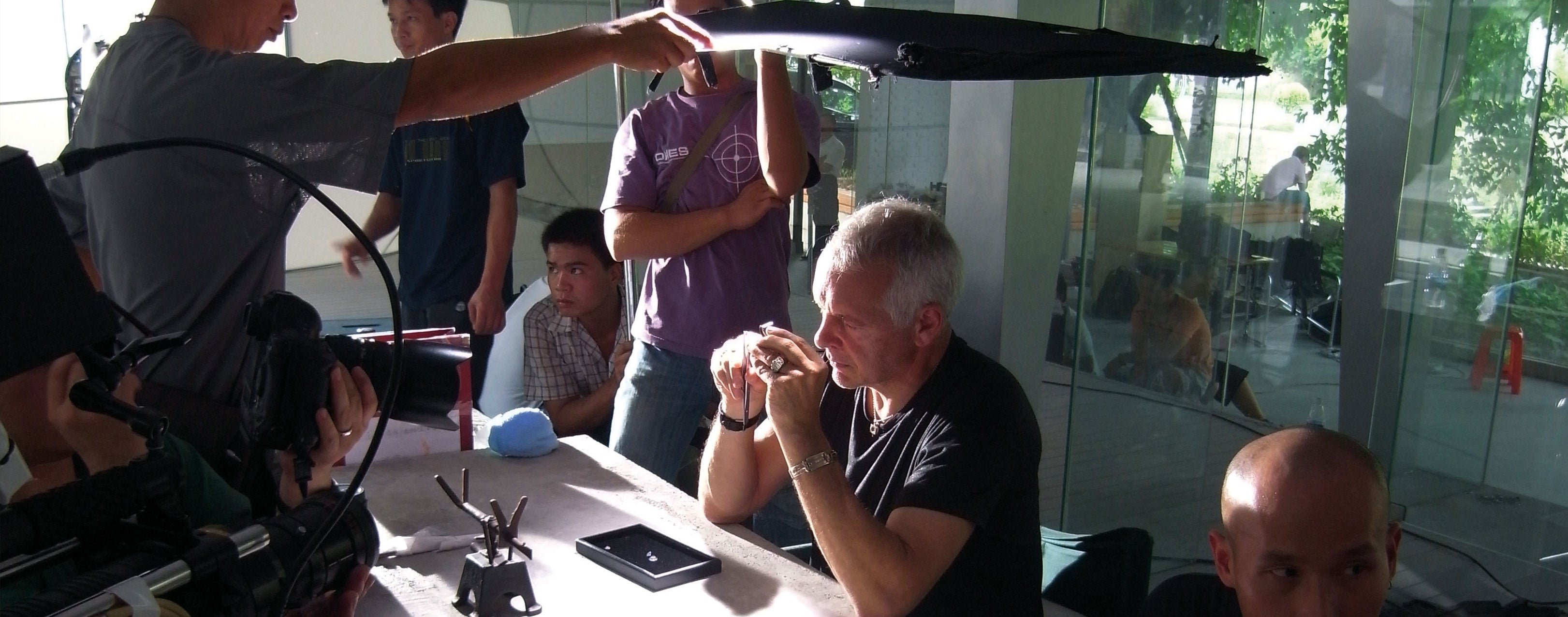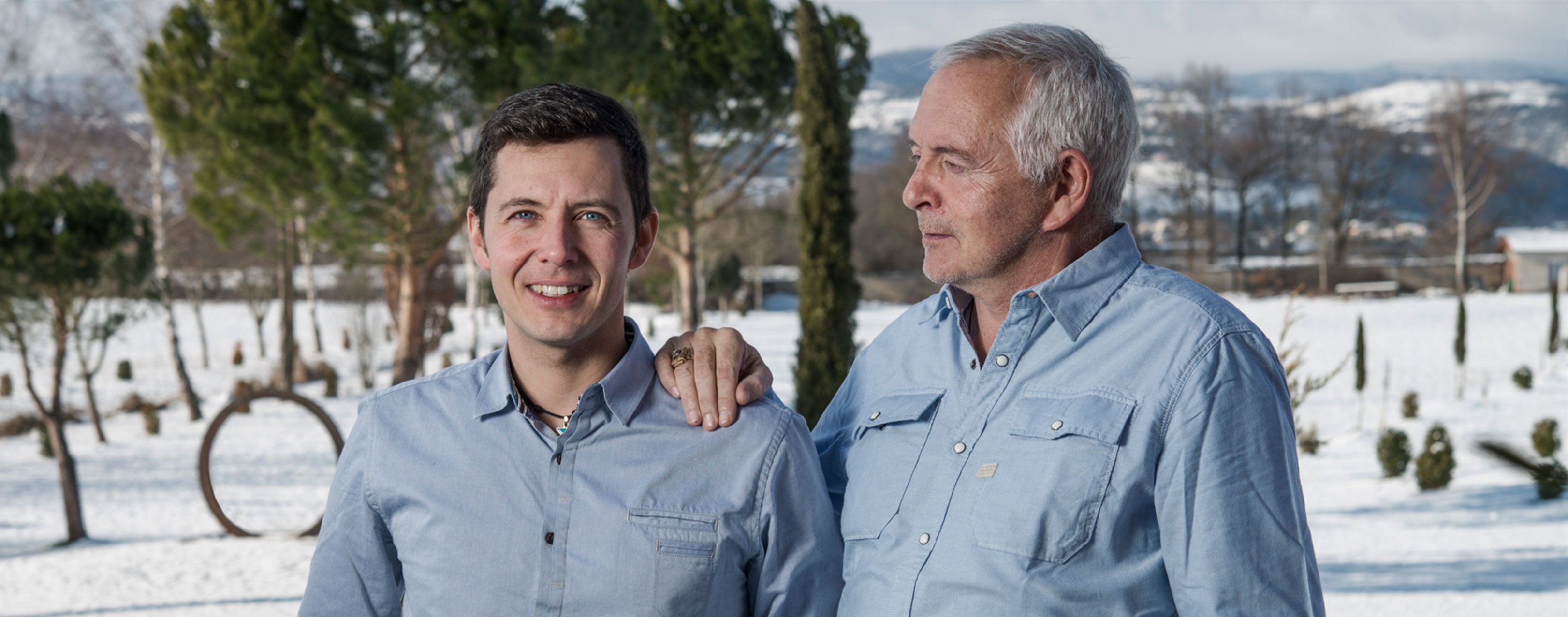
AN IMAGE THAT SHAPES ITSELF
AN IMAGE THAT SHAPES ITSELF
En 1984, alors que je m'étais lancé, je me dis en rentrant en voiture d’un salon à Paris :« Si j’avais une vitrine en ville ça serait bien, plutôt que les gens ne viennent que par le bouche-à-oreille ». Je me suis alors autorisé à y réfléchir, j’hésitais entre Roanne et Montbrison.
First store
En 1984, alors que je m'étais lancé, je me dis en rentrant en voiture d’un salon à Paris : « Si j’avais une vitrine en ville ça serait bien, plutôt que les gens ne viennent que par le bouche-à-oreille ». Roanne était trop grand à mes yeux. À Montbrison, j’avais déjà quelques clients, j’avais deux enfants et je me suis dit que c’était une ville à taille humaine. Et là, j’ai trouvé une maison rue Tupinerie, c’est un copain qui m’avait dit que sa cousine la vendait.
Je l’ai trouvée trop belle pour moi au début, j’étais certain qu’elle serait trop chère pour moi et que je ne pourrai pas l’acheter. J’ai attendu deux mois avant de prendre contact avec la propriétaire. Un jeudi après-midi, j’appelle la dame : « Bonjour Madame Marcoux, j’appelle de la part de Jean-Luc, il m’a dit que vous vendiez… ». Elle me coupe tout de suite, surprise elle me dit : « Mais comment vous savez ? - C’est Jean-Luc qui m’a expliqué que votre maison était en vente - Non mais comment savez-vous que la vente a cassé ? - Je ne le savais pas - Parce que hier on devait signer la vente et la personne s’est désistée ». Je signai le compromis de vente de la maison en juillet 1984, tout content de ma chance dans cette affaire : si je l’avais appelée quelques jours plus tôt, elle aurait raccroché sans même prendre mon numéro et elle n’aurait jamais pu me rappeler.
Cette maison était vraiment parfaite pour moi, habitation et atelier réunis, je m’installai après de nombreux travaux que je réalisai pour la plupart. J’ai ouvert le 10 octobre 1984 dans la rue commerçante de Montbrison. Le premier jour toute mon attention était concentrée sur les vitrines.
Il y avait très peu de choses car j’avais très peu d’objets à montrer.
Comme j’avais déjà une clientèle locale, les gens passaient et petit à petit ils entraient, ils appréciaient et m’ont fait travailler.
J’avais ouvert tout seul mais au bout de quelques mois, Renée ma cousine, est venue m’aider, j’ai aussi rapidement embauché une personne pour l’administratif. Très vite il y a eu beaucoup de clients et je me suis mis à former mes collaborateurs, certains comme Fredo à l’atelier ou Pierre-Yves m’accompagnaient presque depuis le début…
Il y a eu, début 1989, une journaliste du Figaro qui m’a appelé : « J’ai vu vos bijoux et je voudrais vous interviewer ». Je ne me rendais pas compte de l’importance que cette demande avait et j'attendis deux mois avant de la rappeler. Elle me dit alors : « Par contre, vu vos bijoux, j’imagine que vous n’avez sûrement pas de cravate ou de nœud papillon. On vient dans deux semaines, essayez au moins d’emprunter un nœud papillon pour la photo de l’article !». Je me suis alors dit que je pouvais bien faire cette concession. Et j’ai eu un article d’une page entière avec photo et tout et tout dans le Figaro Rhône-Alpes. Du jour au lendemain, je suis passé du mec marginal qui fait des trucs bizarres, à un gars plus officiel, plus fréquentable. Suite à la publication de l’article, Guy Poirieux, le maire de Montbrison, est venu me voir en me disant : « Mais comment avez-vous fait ? Cela fait des années que j’essaye de les faire venir pour la ville et je n’y arrive pas ». Je lui ai alors simplement répondu : « Je ne l’ai pas fait exprès ».
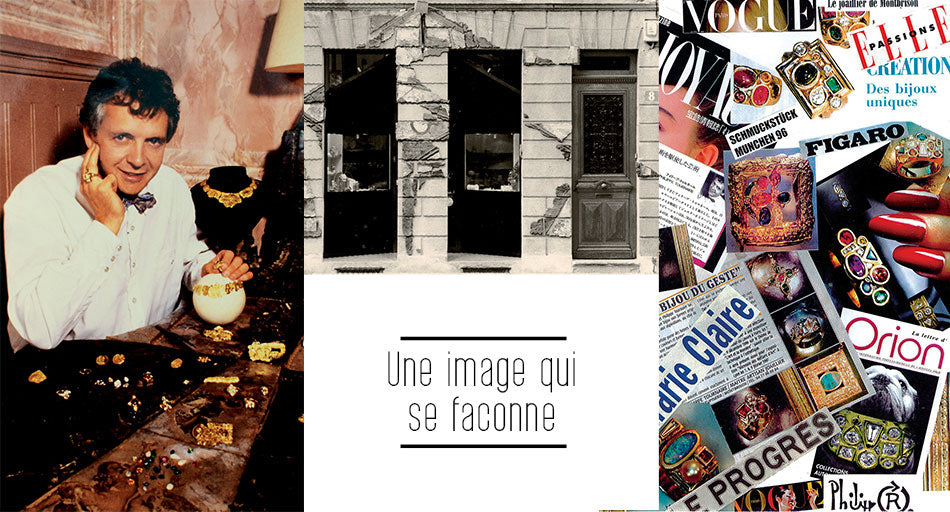
An image in the making
Une étape importante a été le passage en société, en 1996. J’étais, jusqu’alors tout le temps le nez dans le guidon à faire mes trucs sans me poser de questions de rentabilité. J’avais une manière de fonctionner comme si je produisais exclusivement des pièces uniques. Maintenant, les tâches sont bien définies et chacun a sa spécialité, alors qu’avant c’était plus un schéma où une personne réalisait le bijou de A à Z. À un moment il a fallu rationnaliser le fonctionnement de la production car nous n’étions pas rentables alors que nous avions du travail. J’avais embauché, nous étions une dizaine de personnes, les coûts de fonctionnement avaient augmenté et si je n'avais pas repensé l’organisation, nous aurions coulé. J’ai été aidé par un comptable qui m’a aiguillé et qui m’a permis de rationaliser la production. Tout est parti d’une question simple qu’il m’a posée : « Comment tu fais ? ». Je lui expliquai ma manière de fonctionner et c’est là qu’il a introduisit plus de méthode dans notre fabrication mais sans toucher à la créativité.
Ce palier m’a permis d’avoir un fonctionnement plus cohérent et d’envisager la possibilité d’ouvrir une deuxième boutique. Nous avions beaucoup de clients qui venaient de Lyon, en 1999 on s’est lancés et nous avons ouvert rue Édouard Herriot à côté de Cartier, ce que je trouvais assez prétentieux d’ailleurs. Un mois après c’était la naissance de ma fille Joséphine…
L’ouverture de cette deuxième boutique n’était pas un projet de longue date, l’idée a germé naturellement. Il fallait aussi avoir confiance en son travail pour investir une autre ville. Ce qui a contribué à cette assurance et qui m’a aussi beaucoup appris, ce sont les salons. J’ai commencé à les arpenter pour exposer en 1989. Cette envie de montrer mon travail est née d’une discussion que j’avais eue avec Renée. Nous rentrions du plus grand salon de bijouterie du monde à Bâle et nous nous sommes dit : « Il n’y a rien qui ressemble à ce que l’on fait, on devrait exposer ». C’est le fait d’être différents qui nous a donné envie de montrer notre travail. Nous avons donc commencé à faire des salons en Allemagne puis à Paris, nous avons d’ailleurs eu la chance de représenter la France à la Foire de Munich dès 1990. Ce qui est intéressant dans les salons c’est qu’il y a une date butoir, il faut être prêt le jour J et c’est ce côté challenge qui est très motivant. En plus, je ne voulais pas arriver avec des objets conventionnels, que l’on voit à chaque stand. C’est dans ce climat, entre pression et excitation que l’on donne le meilleur de soi-même. Et puis ces expositions étaient l’occasion pour moi de réaliser des projets que je n’aurais jamais finalisés sinon. J’avais un tas d’idées et je disais toujours : « Quand j’aurai le temps je ferai ça », sauf que le temps on court après. Mais les salons m’ont forcé à relever les challenges des projets que j’avais.
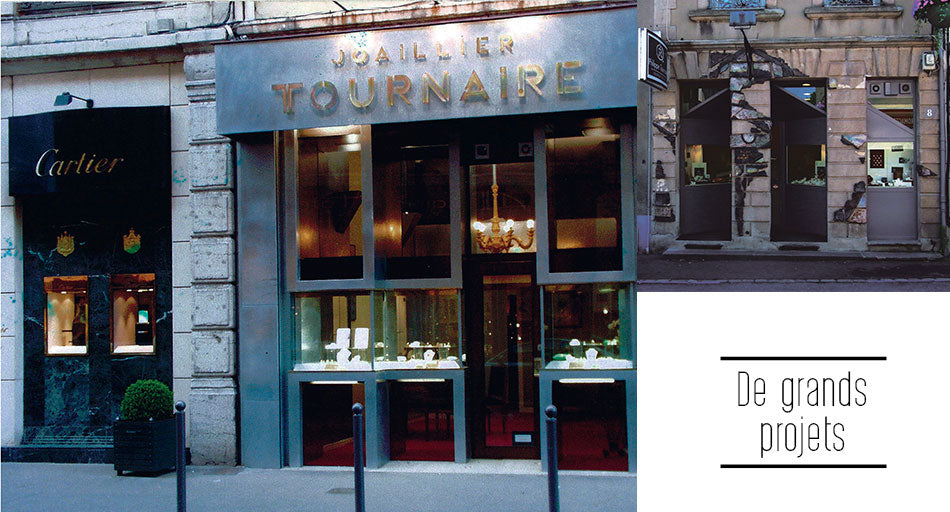
Au niveau commercial et notoriété c’était important pour nous d’aller sur les salons, ça nous permettait de présenter notre travail à des visiteurs internationaux. On s’est rapidement fait remarquer par le public, la majorité des gens venaient voir les marques de prestige, aux réalisations très « classiques » et nous avions des bijoux qui étaient tellement différents de ces standards. Le fait d’avoir des créations un peu à la marge fait que soit les gens n’aiment pas, soit ils adhèrent complètement et ils ne reviennent plus aux marques traditionnelles. Il n’y a pas de juste milieu.
C’était intéressant de se frotter à la concurrence aussi, quand il y a des marques comme Cartier, Chaumet ou Bulgari, il faut être bon et les gens avec qui je me déplaçais étaient toujours motivés à 100 %. Ça a été un avantage d’avoir des collègues qui s’impliquaient autant, on est dans une région où le sentiment d’appartenance à un groupe, à une cause commune est très important et c’est ce qui a fait notre force. Face à la concurrence qui n’envoyait alors que des représentants, c’était vraiment un atout.
À la fin des années 90, on allait régulièrement à Paris pour participer à des expositions de créateurs joailliers. Pour faire simple, il y avait toute la place Vendôme… et Tournaire, le seul créateur de province.
Cette exposition s’appelait « Joaillerie », elle avait lieu une fois par an, il fallait être sélectionné pour participer et c’était assez fermé pour se faire une place. On y est arrivés, on a fait les éditions 1998, 1999 et 2000 ; et cela nous a créé une notoriété sur Paris.
Les salons ont été l’occasion de nous faire remarquer parmi les autres Maisons de joaillerie, mais pas seulement grâce aux bijoux que nous présentions.
Il y avait dans la boutique de la rue Tupinerie à Montbrison, une vraie demi-Jaguar coupée dans la longueur que j’avais aménagée en vitrine. Elle venait avec nous à chaque salon ou exposition, ce qui n’était pas une mince affaire à transporter. Mais la passion nous rendait inusables et une fois sur place la vitrine faisait son effet sur le public. D’ailleurs à la première exposition que nous avons faite, nous l’avons vendue. Les gens qui me l’ont achetée l’ont exportée aux États-Unis et le hasard fit que je la retrouvai, quelques années plus tard, à New-York, sur Broadway. Mais il faut savoir que cette première voiture-vitrine n’était pas une Jaguar, c’était une Danshun que j’avais rendue méconnaissable, elle avait un style un peu « Destroy »… Le concept de cette voiture découpée a toujours créé le buzz, il lui est même arrivé d’illustrer l’édito d’Option Auto et plusieurs articles lui ont été consacrés.
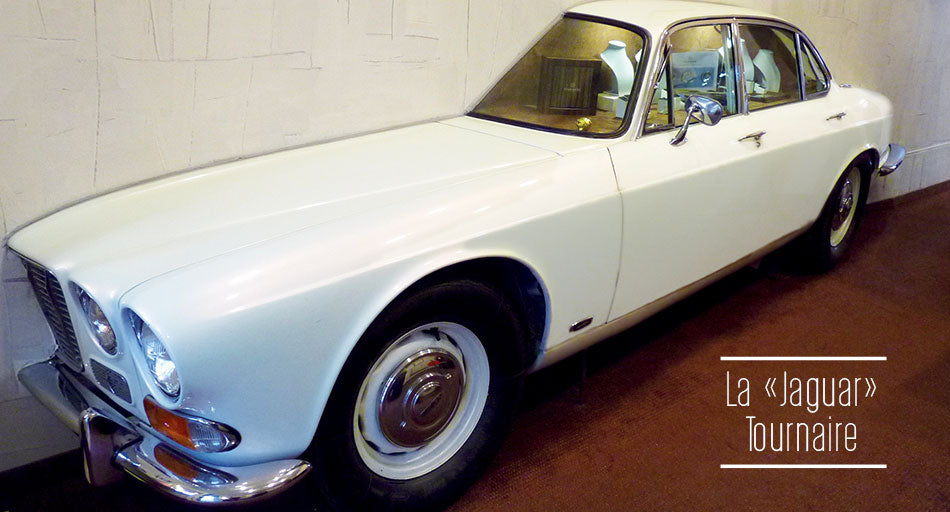
The guarantee of uncompromising craftsmanship
Our titles and labels




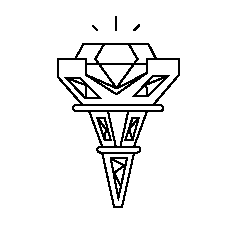
Made in France
Made in our workshop

100% secure payment
3x free of charge possible

Free delivery & returns
100% secure and free
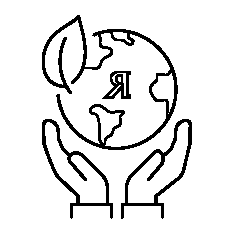
Jewellery committed
Ethical and responsible jewelry

